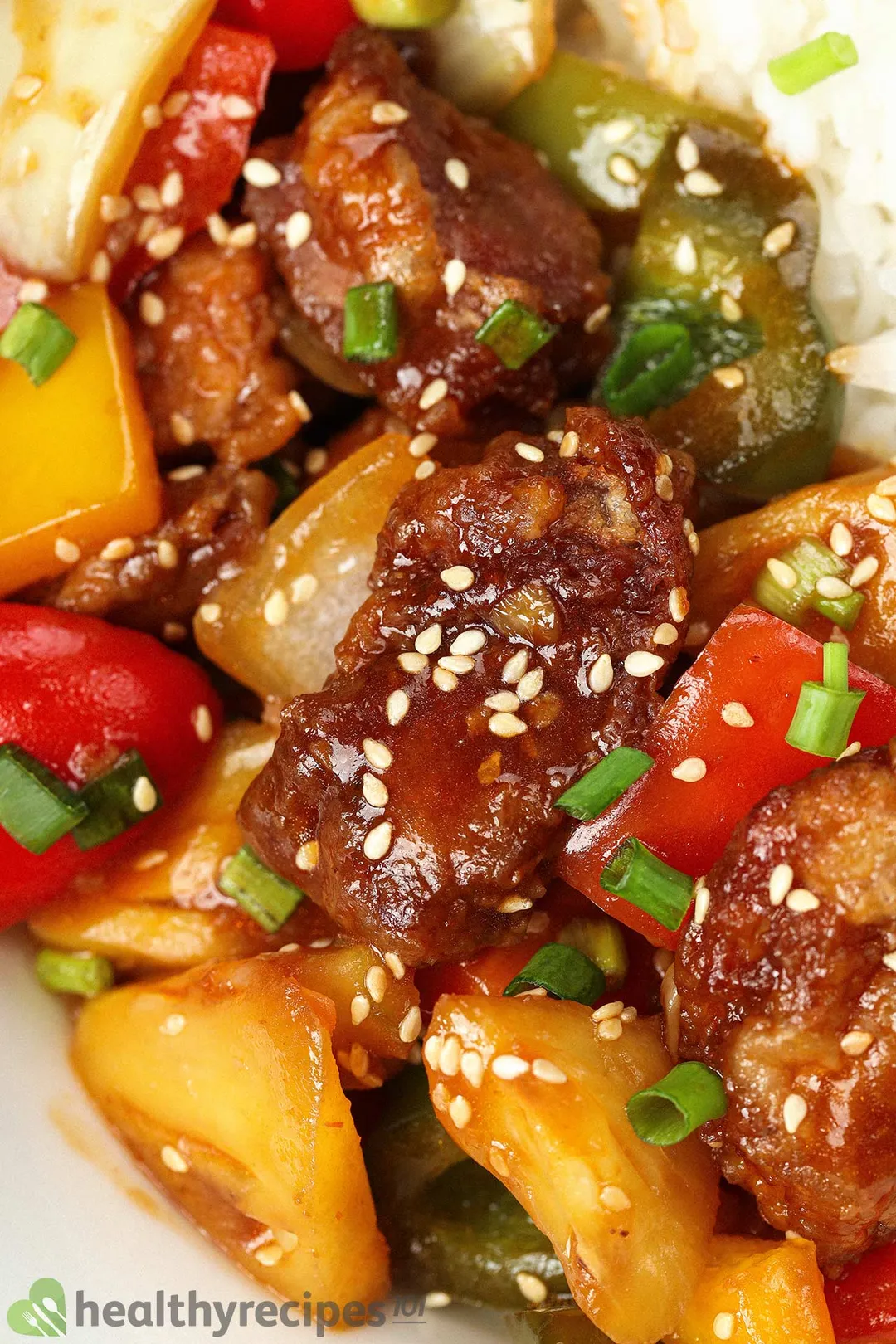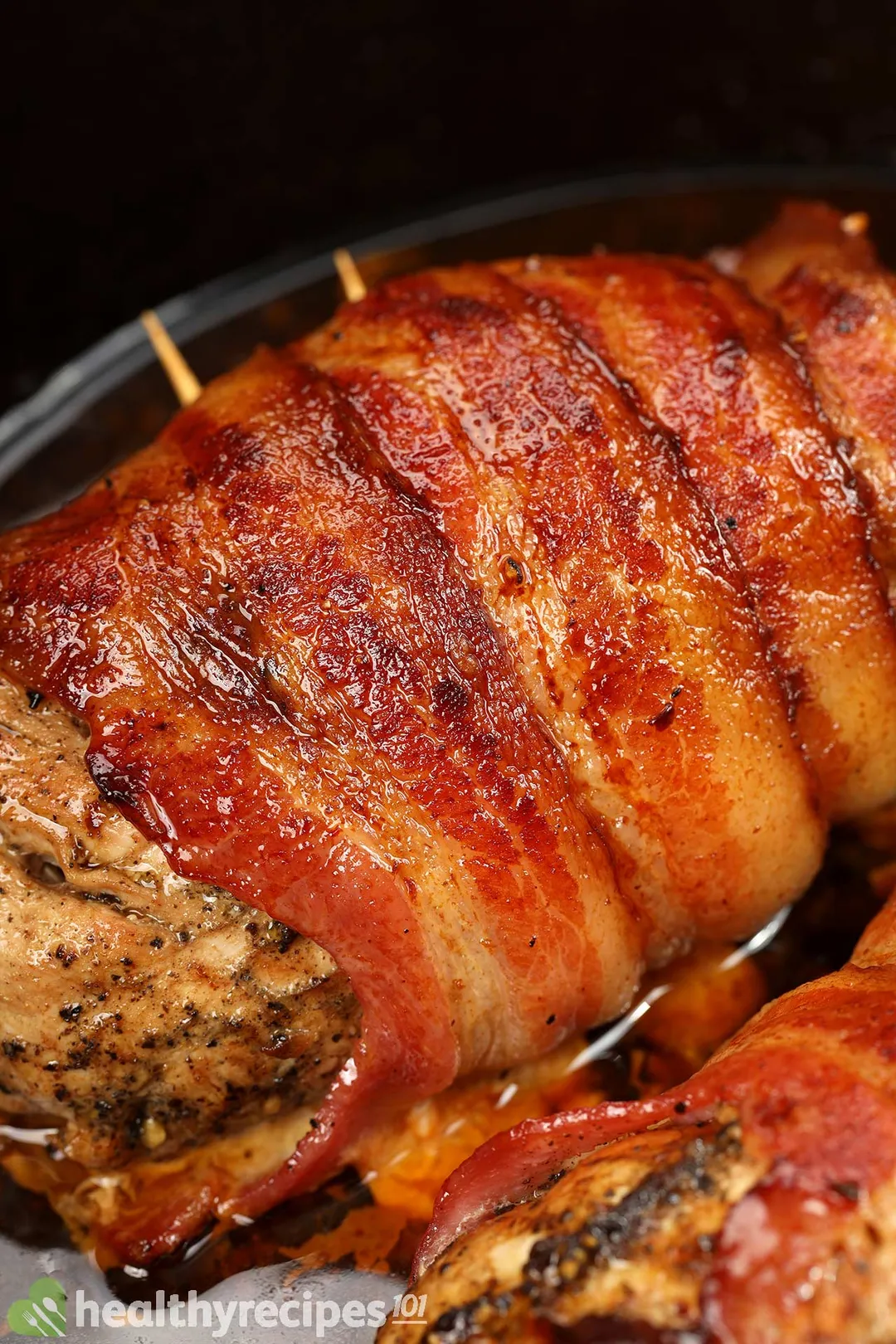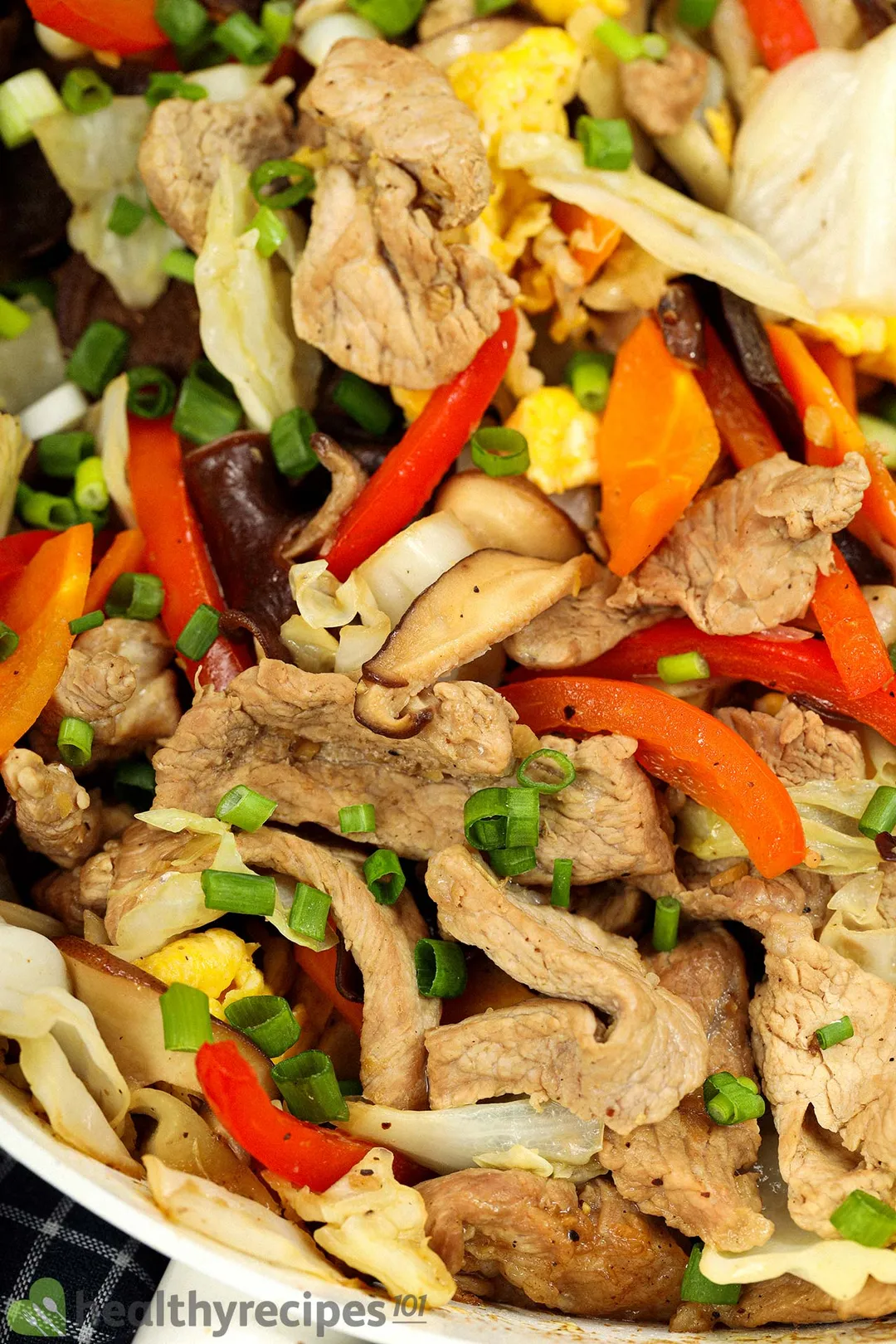Very few things scream comfort and indulgence the way this sweet and sour pork recipe does. The bite-sized pork pieces are crispy on the outside and tender on the inside, coated with a sweet and sour sauce that melts like a dream onto your taste buds. Accompanied by colorful veggies and white rice, it's a hearty main course capable of transforming any regular meal into a spectacular feast.
Is This Sweet and Sour Pork Healthy?
With the ingredients carefully chosen and measured to meet our health guidelines, we can confidently say this sweet and sour pork recipe is as healthy as it can be. Each serving offers around 500 calories, of which there are only 4.3 g saturated fat and 589 mg sodium.
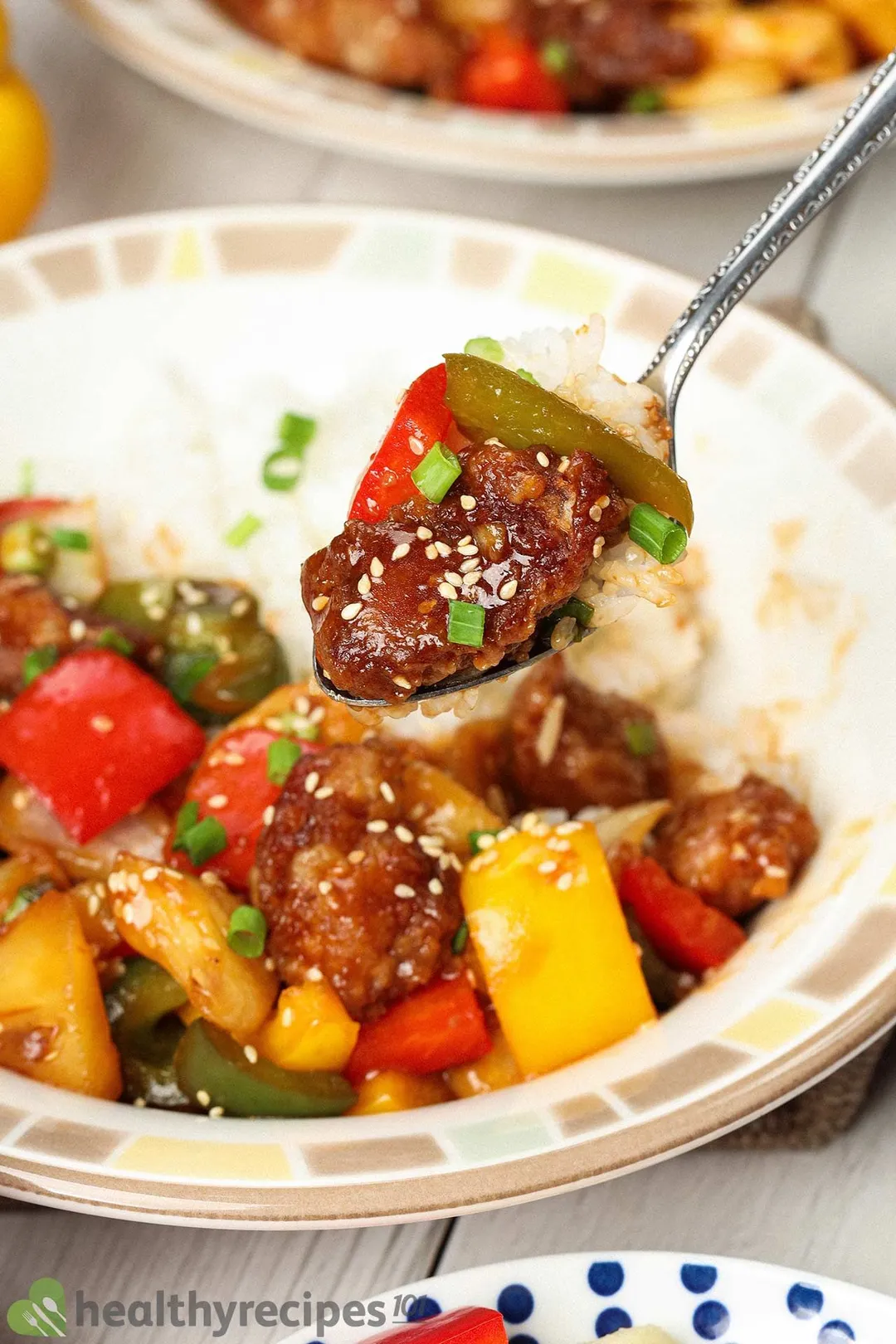
As far as nutrients are concerned, pork is an excellent source of protein, offering 21.7 g for this dish. This lean meat also comes with vitamins B6 and B12, heme iron, and zinc (via WebMD). Additionally, we have bell peppers and pineapples, perfect for rounding out the profile with some much-needed fiber and various other essential nutrients like potassium, magnesium, and vitamins A, C, and E.
Ingredients for Sweet and Sour Pork
Here’s everything we used to put together this delicious dish:
- Pork: We used pork shoulder for this dish, which is fall-apart tender and quite rich in flavor. Although the tough connective tissues mean it's more commonly used for slow cooking, it works for this dish thanks to the tenderization from the cornstarch.
- Vegetables: We opted for red, yellow, and green bell peppers and onion, but feel free to chuck in anything else that you have available. The more the merrier!
- Pineapples: Fruit in a savory dish sounds a bit odd and out-of-place, but it's a must-have in this dish. The sweet, tart brightness goes perfectly with the sauce, making each bite a flavor-bursting experience.
- Condiments: For the sauce, we used soy sauce, ketchup, vinegar, and brown sugar. It’s a relatively simple combination, but the result is a complex mixture of sweet, savory, and umami flavors you'll surely love.
- Rice: Since the sauce-drenched pork and veggies can be quite flavorful, a bed of fluffy, mellow white rice is enough to complete the dish.
- Other ingredients: As previously mentioned, we coated the pork pieces in cornstarch and deep-fried in canola oil. For garnishing, we used a sprinkle of toasted sesame seeds and scallions.
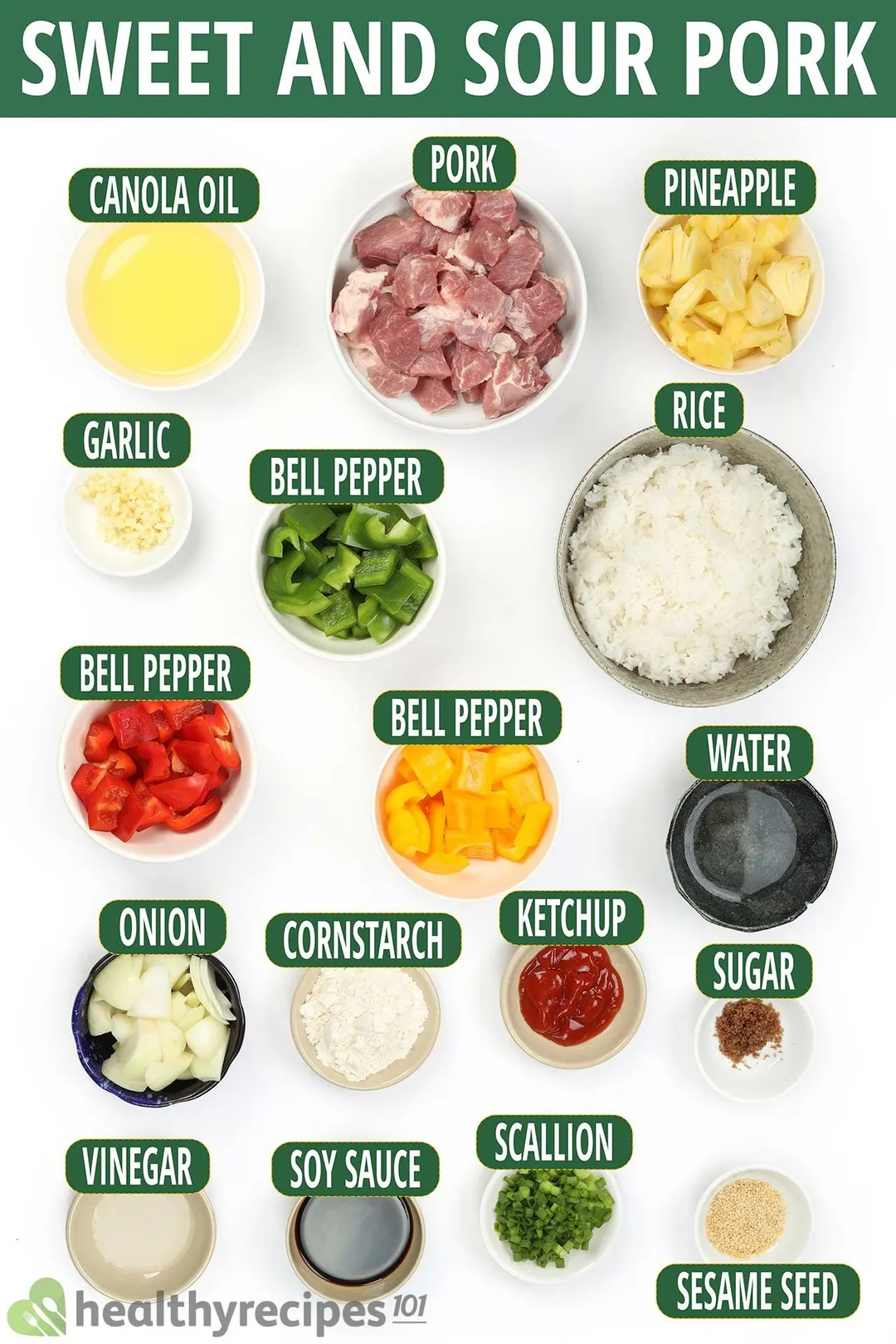
The Best Meat Cuts for Sweet and Sour Pork
Sweet and sour pork is a wonderfully versatile dish, so you've got plenty of options. Here are a few that we recommend besides the one we used for this recipe:
- Pork tenderloin: Tender and lean, this pork cut can be prone to drying out if cooked for a bit too long, but that can easily be fixed with a quick marinade. The mild flavor means it's adaptable to a wide variety of spices and herbs.
- Pork neck: This meat cut is ribboned with fat, which makes for a juicy, tender texture and decent flavors. An excellent choice for steaks and grilled dishes alike, you'll find it to be just as marvelous in this classic stir-fry.
- Pork leg: This versatile meat cut is used to make a myriad of beloved pork products such as ham and prosciutto. In stir-fries, this lean meat cut can be slightly chewy but packed with gorgeous flavors. If you use it, marinating beforehand might be a good choice.
What to Serve With Sweet and Sour Pork
With this sweet and sour pork on the table, you're already more than halfway to a hearty, comforting Asian meal. All that's missing is a matching side dish to bring everything together. We recommend a steaming hot bowl of Cabbage Potato Soup if coziness is your vibe. A colorful Chinese chicken salad or umami-laden cucumber salad are also fantastic choices, too.
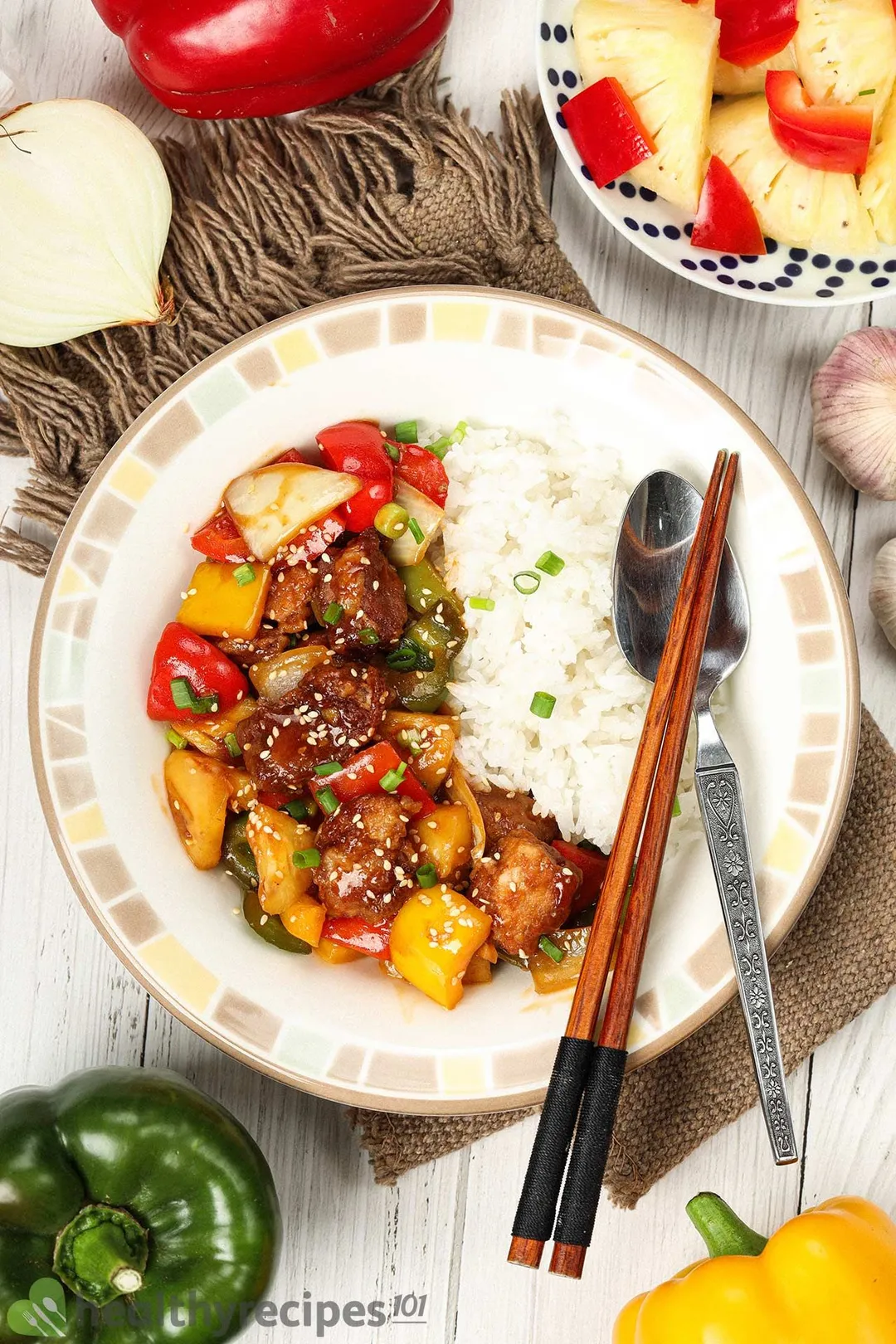
How to Store and Reheat
In the fridge, the leftovers can be kept in airtight containers for up to 3 days.
As for reheating, you can always use the microwave. However, if you want to restore as much of the original taste and texture as possible, a quick sear on the pan should do the trick. For the rice, however, we recommend cooking a brand new batch for a more enjoyable meal.
How to make Sweet and Sour Pork
It's love at first bite with this sweet and sour pork. If the luscious, flavorful sauce isn't enough to seal the deal, then the tender-crisp meat and colorful veggies surely will.
- cook TIME 15 mins
- prep TIME 10 mins
- total TIME 25 mins
- COURSE Main dish
- CUISINE Chinese
- SERVINGS servings
- CALORIES 510 kcal
INGREDIENTS
- 12 oz pork shoulder (sliced into chunks)
- 4 oz green bell pepper (coarsely diced)
- 4 oz yellow bell pepper (coarsely diced)
- 4 oz red bell pepper (coarsely diced)
- 4 oz pineapple (sliced into large bite-sized pieces)
- 4 oz onion (coarsely diced)
- 1 tbsp garlic (minced)
- 1/4 cup scallion (chopped)
- 1/2 tbsp toasted sesame seeds
- 3 cups cooked rice (from 1/2 cup uncooked)
- 2 fl oz water
- 1/2 cup canola oil (*)
- 3 tbsp cornstarch
- 1 tsp brown sugar
- 1/2 tbsp vinegar
- 3 tbsp low-sodium soy sauce
- 2 tbsp Heinz's ketchup
INSTRUCTIONS
Tenderize the pork: Coat 12 oz pork shoulder in 3 tbsp cornstarch.
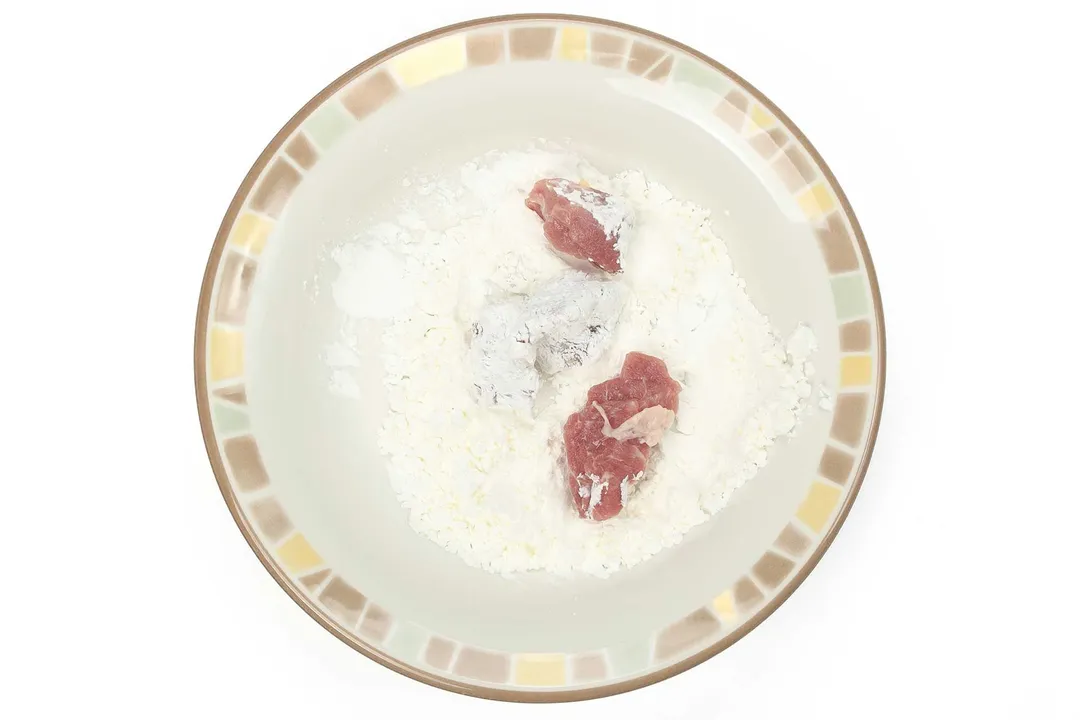
Make the sauce: In a small bowl, mix 2 fl oz water, 1 tsp brown sugar, 1/2 tbsp vinegar, 3 tbsp low-sodium soy sauce, and 2 tbsp Heinz's ketchup together.
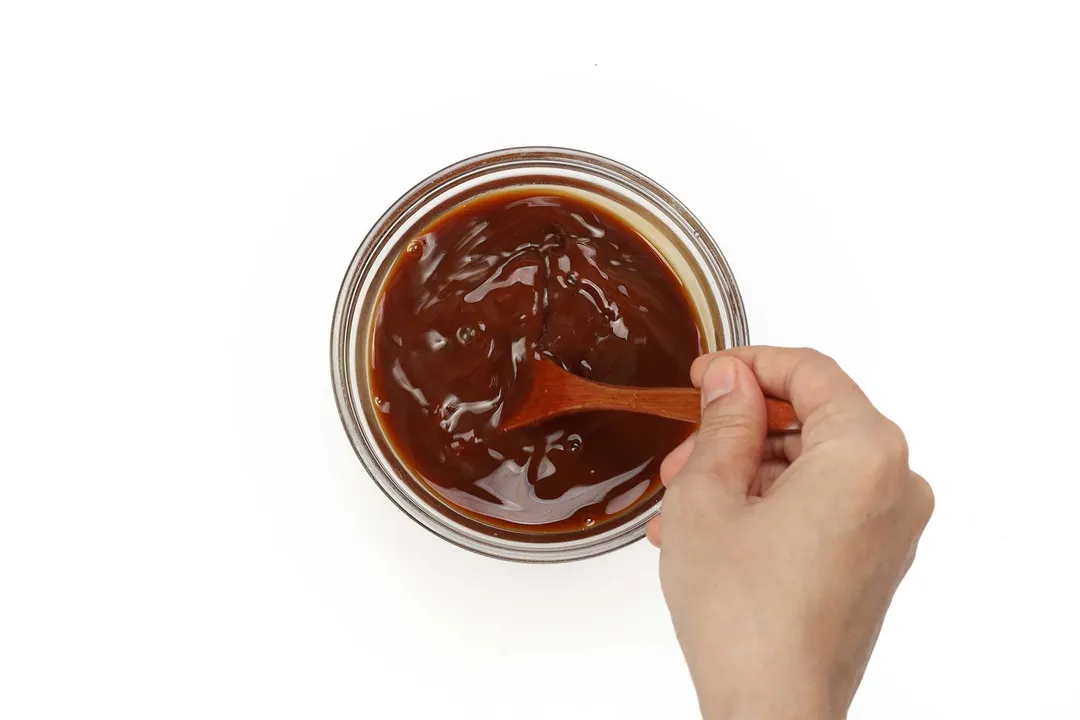
Fry the pork: In a pan over medium heat, heat up 1/2 cup canola oil. Then, put the pork into the pan. Fry for 5 - 10 minutes until evenly browned on all sides. Transfer to a plate when done.
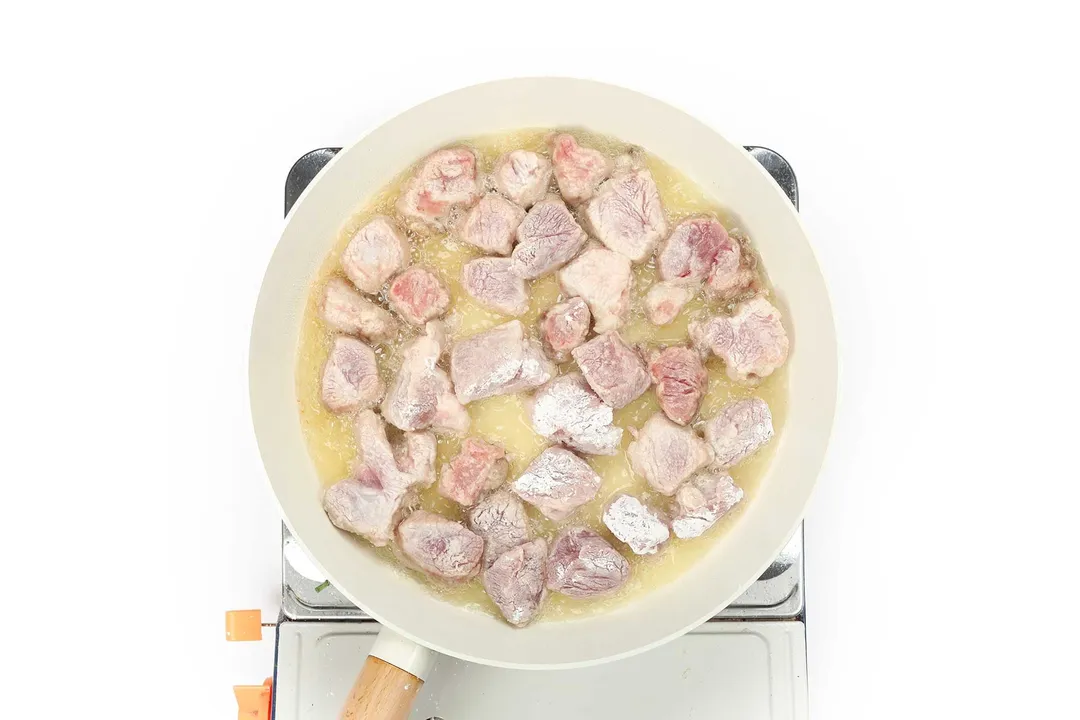
Sweat the aromatics: Leave about 1 1/2 tablespoons of oil in the pan, then add 1 tbsp garlic to the pan and quickly stir for 30 seconds or until fragrant.
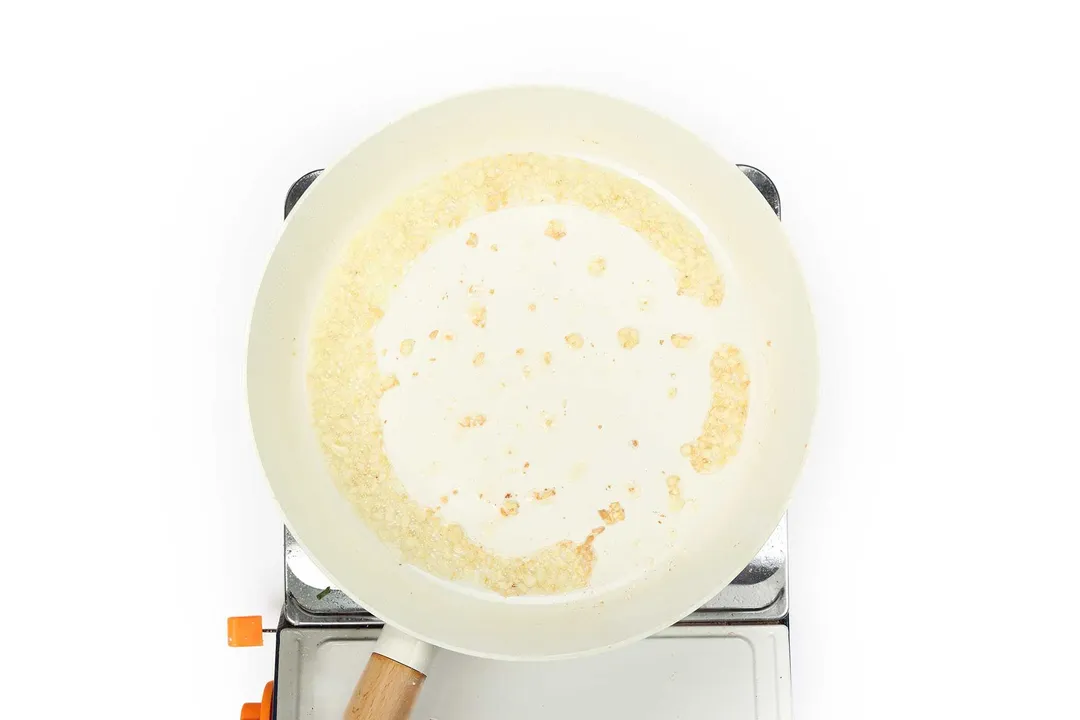
Add the sauce: Pour the sauce into the pan and gently stir for a minute or so until it slightly thickens.
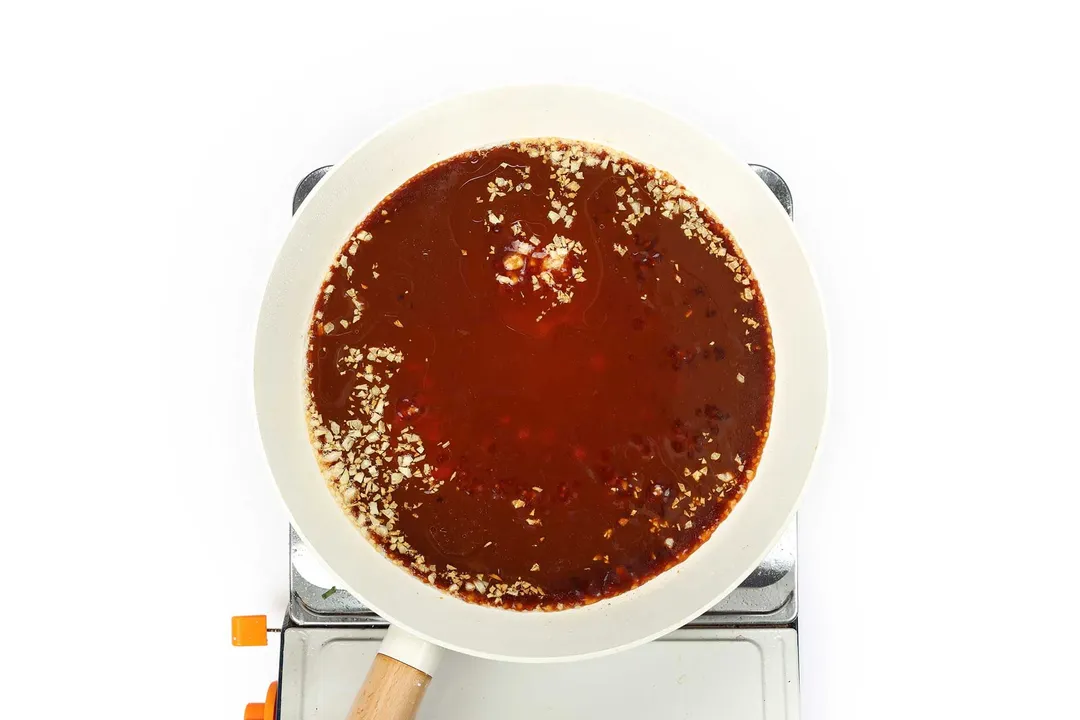
Add the veggies: Add 4 oz green bell pepper, 4 oz yellow bell pepper, 4 oz red bell pepper, 4 oz pineapple, and 4 oz onion to the pan then stir to evenly coat them in the sauce.
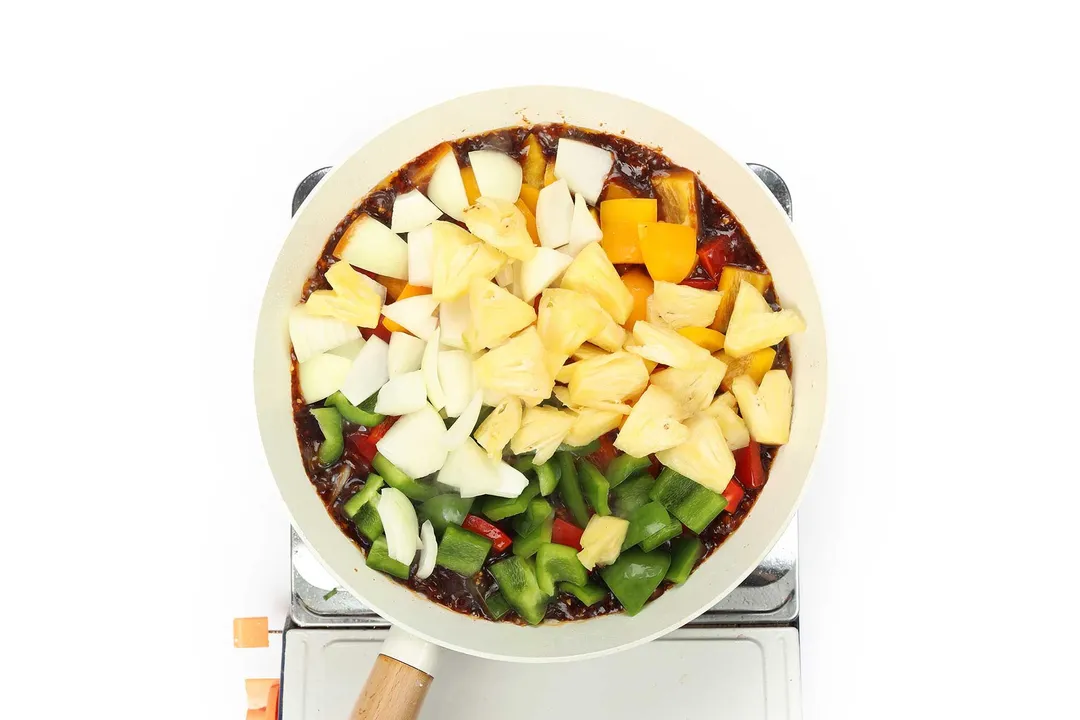
Add the pork: Add the cooked pork back into the pan and continue stirring for a few minutes to coat it in the sauce.
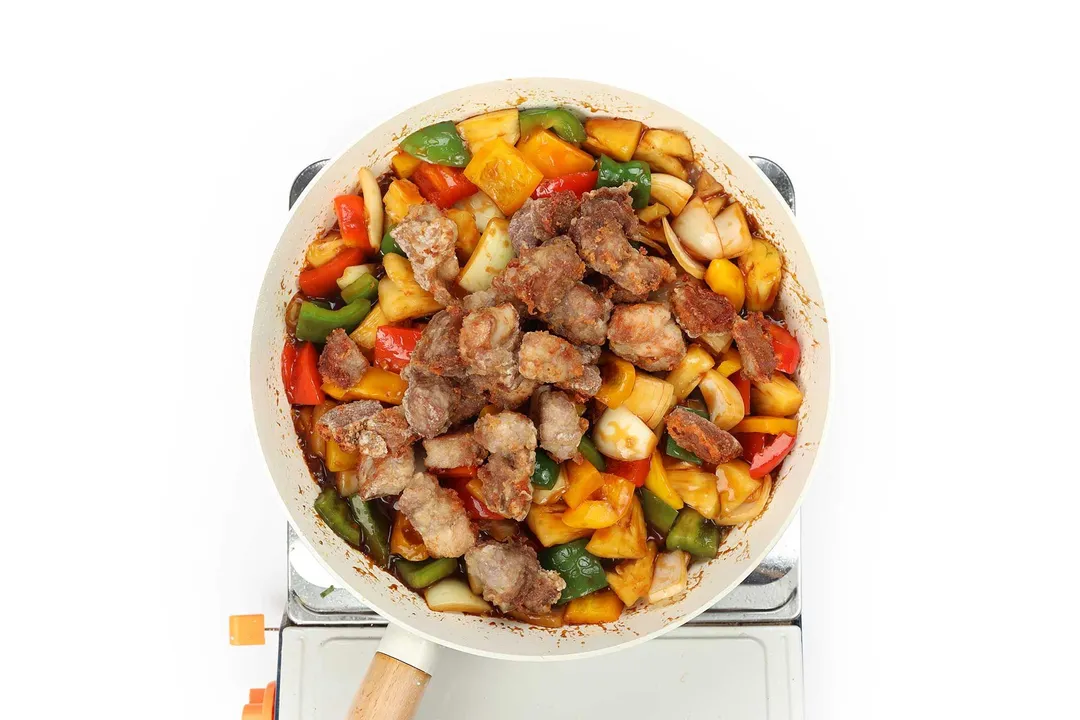
Garnish and serve: Serve the food over 3 cups cooked rice and sprinkle 1/4 cup scallion and 1/2 tbsp toasted sesame seeds over them to garnish.

(*) Only part of these ingredients will end up in the final product, and we have calculated nutritional values based on that amount. Half a cup of oil is needed for the cooking process, but only 2 tablespoons of canola oil is consumed, including the 1 1/2 tablespoons used to sauté the garlic.
NUTRITION
Luna Regina
Writer, AuthorDaisy Huynh
Writer, Recipe Developer